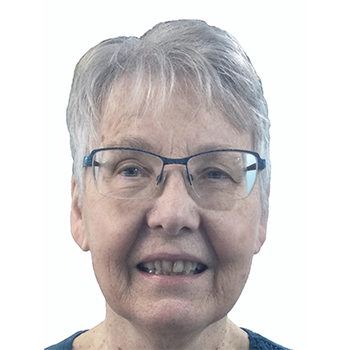On this day in 1856 a teenage college student was playing around with chemistry in his home lab near London, England. It was Easter break from London’s Royal College of Chemistry and William Perkin, 18, was trying to synthesize quinine from coal tar. Instead, his lab accident produced the first commercial synthetic aniline dye which he called “mauveine”. This accident spawned a new synthetic dye industry that changed the course of the textile industry, turning them away from the use of natural dyes to producing dyes from coal tar.
According to the Science History Institute in Philadelphia, Perkin’s teacher had remarked on the desirability of synthesizing quinine, an antimalarial drug, which at that time was derived solely from the bark of the cinchona tree, grown mainly on plantations in Southeast Asia. Perkin filed his patent for mauveine in August of 1856 and a new dye industry was born. With the financial support of his father, a construction contractor, Perkin commercialized his discovery and developed the processes for the production and use of his new purple dye. In 1857 he opened a dye factory at Greenford Green, not far from London.
From this modest beginning grew the chemical industry of synthetic dyestuffs and its near relative, the pharmaceutical industry, which improved the quality of life for the general population. These two industries also stimulated the search for a better understanding of the structure of molecules. Perkin, at the age of 36, sold his business so that he could devote himself entirely to research, which included early investigations of the ability of some organic chemicals to rotate plane-polarized light, a property used in considering questions of molecular structure.
Mauve is a pale purple colour named after the mallow flower (French: mauve). Perkin’s new synthetic dye is now usually called Perkin’s mauve, mauveine, or aniline purple.
Most of the dyes we use today are synthetic organic chemicals that are cracked from crude oil. These dyes are used to colour everything in our world today from the pills we take to the clothes we wear. What a dull world it would be if that young scientist had not made his accidental discovery 167 years ago today!


